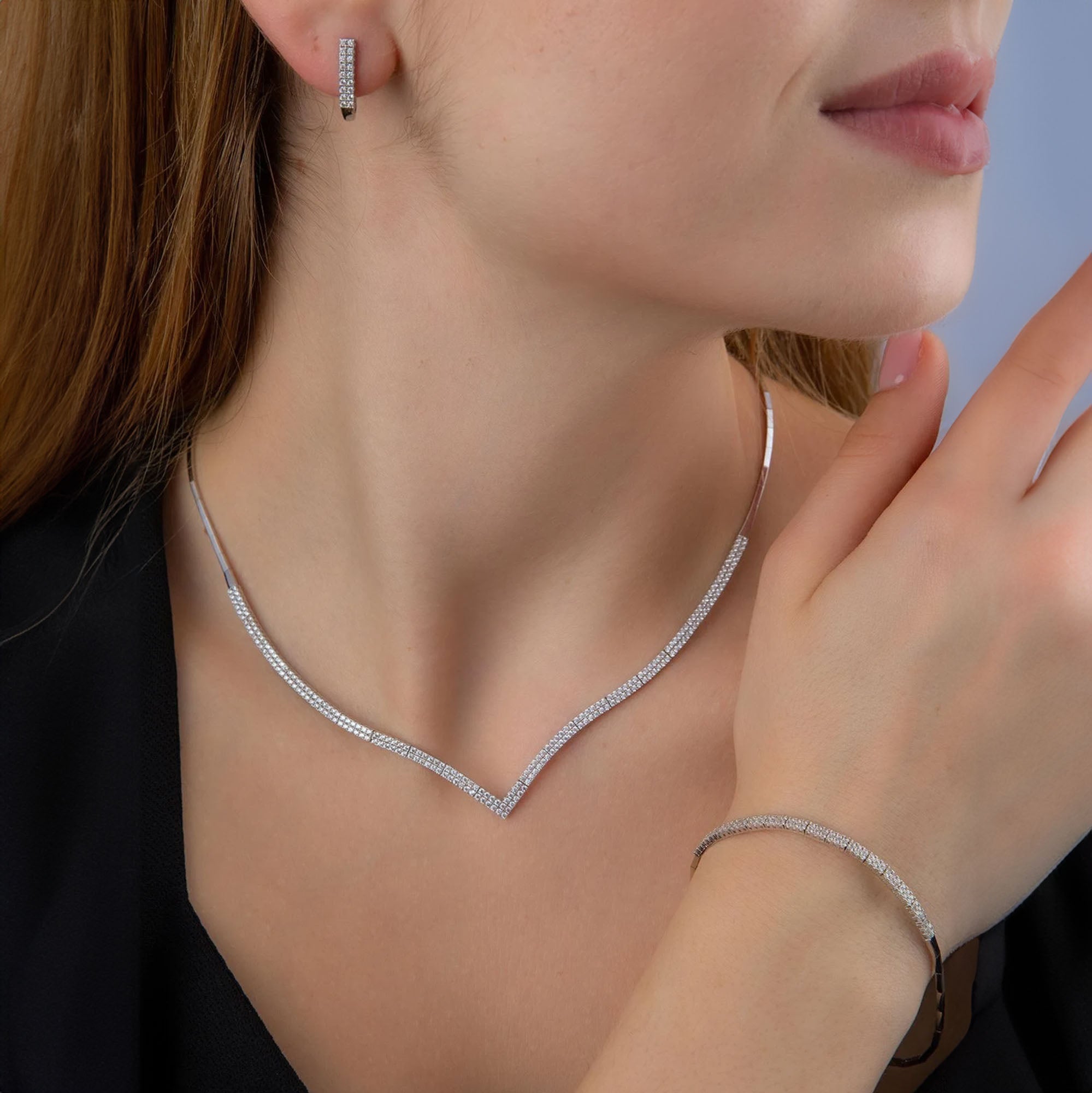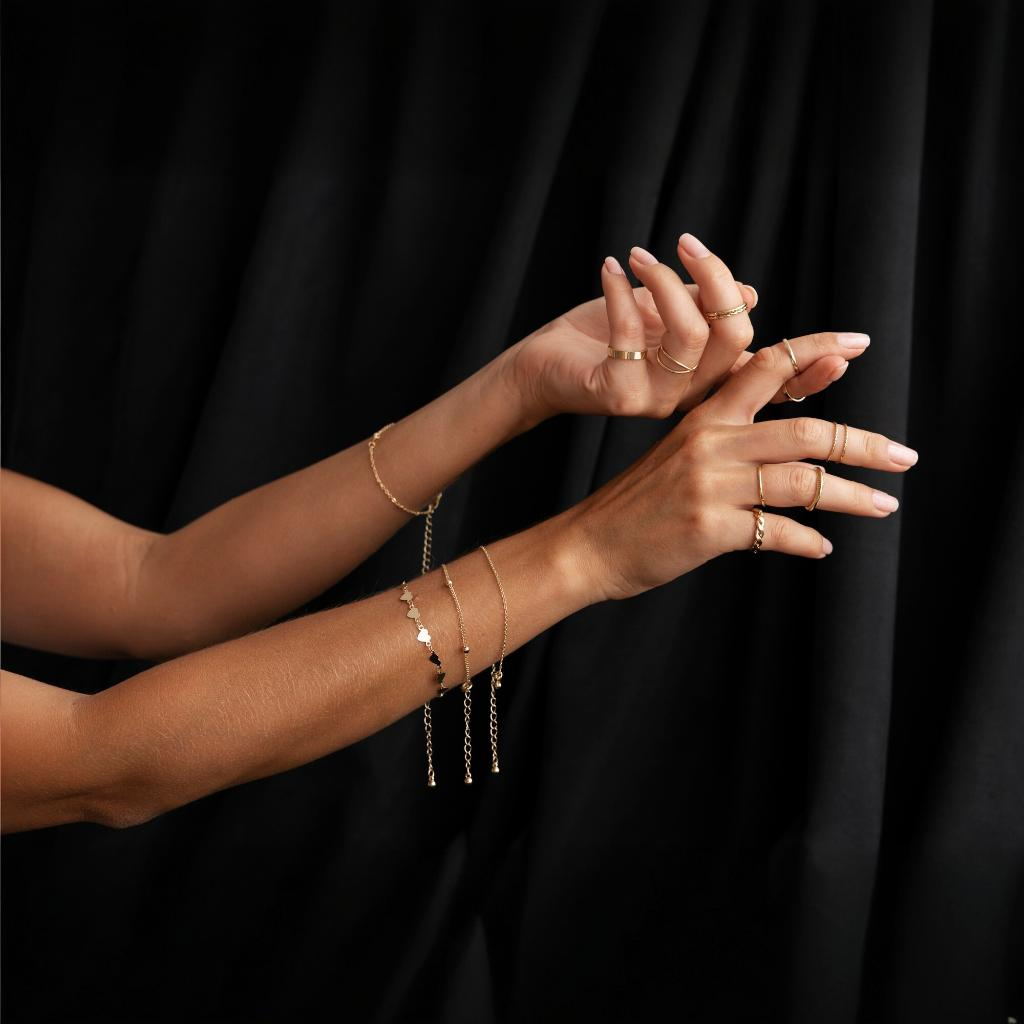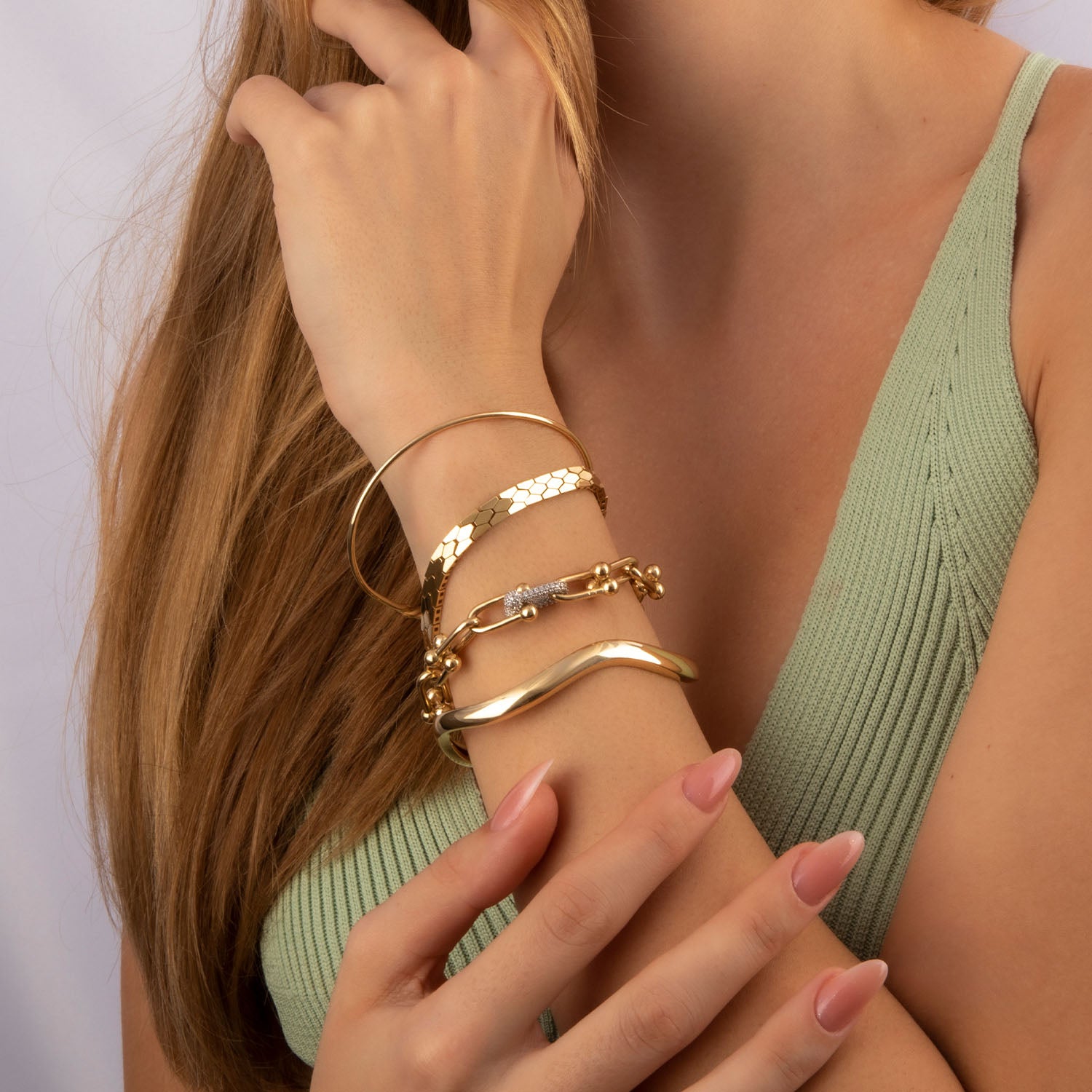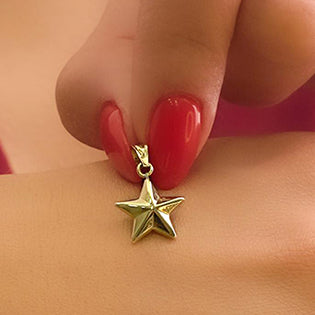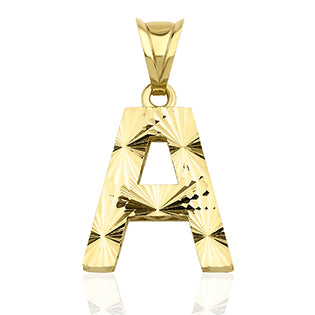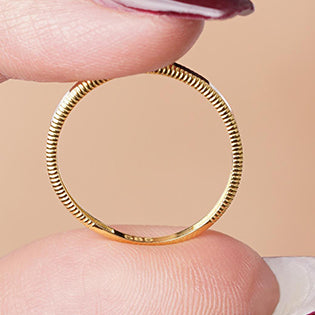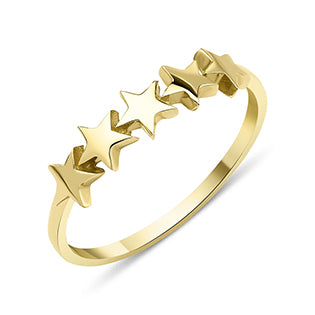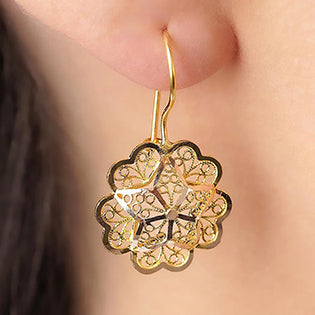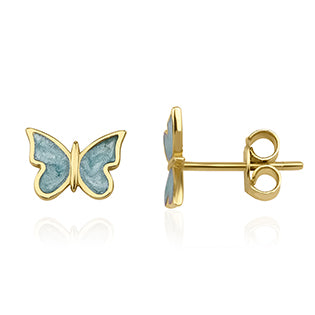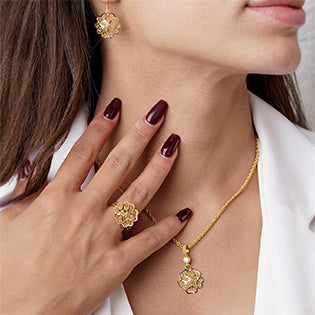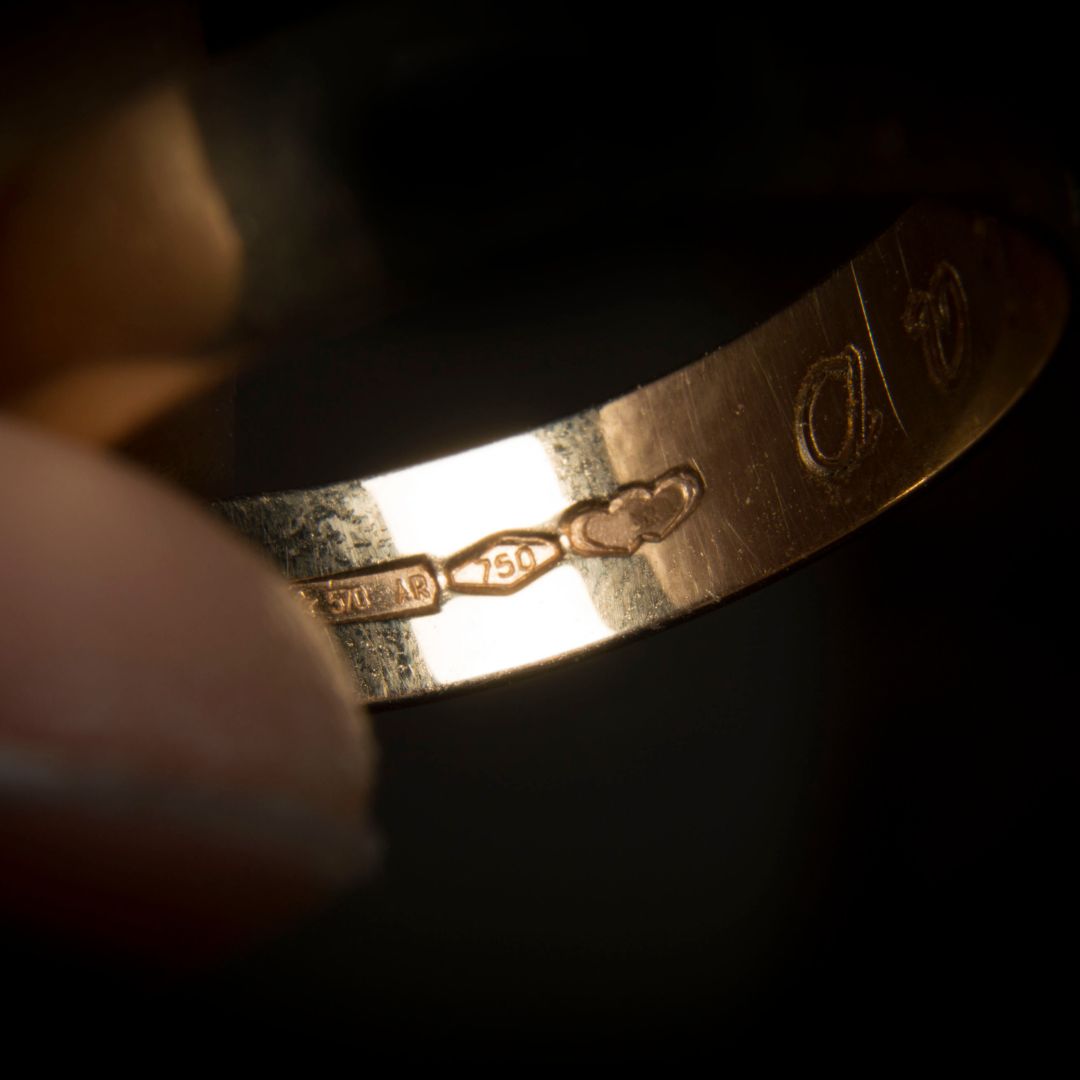
White Gold vs Yellow Gold vs Rose Gold: Which Shines Brightest?
Introduction
In the US jewelry market, gold’s allure transcends mere metal, offering a spectrum of hues that cater to diverse tastes. With gold prices hovering around $2,500 per ounce, the debate between white gold, yellow gold, and rose gold intensifies. This 1500-word exploration compares these variants across durability, aesthetics, cost, and suitability, guiding American buyers toward the best choice for their needs.
Understanding the Variants
Gold in its pure 24K form is soft and yellow, but jewelry typically blends it with alloys to enhance strength and alter color. Each type reflects a unique alloy mix:
-
Yellow Gold: Closest to natural gold, it combines 58.3% gold (14K) with copper and silver, preserving a warm, classic tone.
-
White Gold: Achieved by mixing 58.3% gold with palladium or nickel and a rhodium plating, it mimics platinum’s cool, silvery sheen.
-
Rose Gold: Created with 58.3% gold and a higher copper content, it delivers a romantic, pinkish hue.
These alloys not only shape appearance but also influence performance, a key factor for daily wear.
Aesthetic Appeal
Yellow Gold
Yellow gold’s rich, sunny glow evokes tradition, dominating wedding bands and heirloom pieces. Its versatility suits all skin tones, making it a staple in the US, especially in the South and Midwest where classic styles thrive. However, its boldness can clash with modern minimalist trends.
White Gold
White gold’s sleek, modern finish aligns with contemporary designs, popular in urban centers like New York and Los Angeles. Its neutral tone complements diamonds and colored gems, appealing to those seeking a platinum-like elegance. The rhodium plating, though, may wear off, requiring re-plating every few years.
Rose Gold
Rose gold’s soft, vintage charm has surged in popularity, particularly among younger buyers in 2025. Its warm pink shade flatters fair to medium complexions and pairs well with bohemian or artisanal jewelry. This trend, driven by social media, makes it a standout for statement pieces.
Durability and Wear
Alloys determine resilience. Yellow gold’s balanced mix of copper and silver offers moderate hardness (5-6 Mohs), resisting scratches well for rings or bracelets. White gold, with palladium or nickel, matches this durability but its plating can scratch or fade, needing maintenance. Rose gold, heavy on copper, sits at 4-5 Mohs, softer and prone to tarnish, though its thickness in quality pieces offsets this.
For daily wear—say, a ring knocked during work—yellow and white gold hold up better. Rose gold shines for less-handled items like pendants, where its aesthetic trumps wear concerns.
Skin Sensitivity
Allergies hinge on alloy content. White gold’s nickel, used in some formulations, affects 10-20% of Americans with metal sensitivities, causing irritation unless replaced with hypoallergenic palladium. Yellow gold’s silver and copper rarely trigger reactions, offering safety for most. Rose gold’s high copper can oxidize, potentially irritating sensitive skin, though this varies by individual tolerance.
For those with reactions, white gold with palladium or yellow gold proves safest, while rose gold requires testing or a protective coating.
Cost Considerations
Price reflects gold content and processing. At $2,500 per ounce in August 2025, 14K gold (58.3% pure) costs about $47 per gram before craftsmanship. Yellow gold, using standard alloys, remains the cheapest due to minimal additional treatment. White gold’s rhodium plating adds $50-$100 per piece over time for reapplication. Rose gold, with extra copper refining, sits slightly higher than yellow but below white’s maintenance costs.
Budget-conscious buyers lean toward yellow gold, while white or rose gold’s upkeep suits those prioritizing long-term style over initial savings.
Resale Value
Gold’s resale depends on purity and demand. Yellow gold, closest to natural gold, often fetches the highest return, around 70-80% of its gold value from dealers. White gold’s plating reduces its scrap value unless stripped, dropping returns to 60-70%. Rose gold’s niche appeal limits its market, yielding 65-75%, though trends may boost this in 2025.
For investment, yellow gold edges out, but aesthetic trends can sway rose gold’s future worth.
Maintenance Needs
Yellow gold requires minimal care—occasional polishing removes tarnish. White gold demands re-plating every 1-3 years as rhodium wears, costing $50-$80 per session. Rose gold, prone to copper oxidation, needs regular cleaning with mild soap to prevent discoloration, a simple but ongoing task.
Low-maintenance lifestyles favor yellow gold, while white or rose gold suits those willing to invest in upkeep.
Suitability by Jewelry Type
Rings
Rings face constant impact. Yellow gold’s durability and classic appeal make it ideal for engagement bands. White gold’s modern look suits diamond settings, though plating wear is a concern. Rose gold, softer, fits fashion rings worn occasionally.
Necklaces and Earrings
These endure less stress. White gold’s cool tone enhances gemstones in necklaces, while rose gold’s warmth elevates pendant designs. Yellow gold remains versatile, suiting all earring styles from studs to hoops.
Bracelets
Yellow gold withstands wrist movement best, while white gold’s plating holds up with care. Rose gold, less durable, suits decorative cuffs worn sparingly.
Cultural and Regional Trends
In the US, yellow gold reigns in traditional markets like Texas, reflecting heritage preferences. White gold dominates coastal cities, aligning with modern luxury. Rose gold, boosted by 2025 fashion waves, gains traction nationwide, especially among Gen Z buyers on platforms like Instagram.
Environmental and Ethical Factors
Sustainability matters to US consumers. Yellow and white gold’s alloy processes vary by source, with some brands offering recycled options. Rose gold’s copper content raises mining concerns, though ethical sourcing can mitigate this. Check certifications like Fairmined for eco-conscious choices.
Long-Term Value
Yellow gold’s timelessness ensures enduring appeal, retaining value over decades. White gold’s trendiness may fade, lowering future demand unless re-plated. Rose gold’s popularity could peak and wane, affecting resale, though its uniqueness offers short-term cachet.
Final Recommendation
The “best” choice depends on priorities. Yellow gold wins for durability, cost, and resale, ideal for practical, long-wearing pieces like wedding bands. White gold suits modern aesthetics and gemstone settings, perfect for those embracing upkeep. Rose gold excels for fashion-forward, occasional wear, appealing to trendsetters.
Prioritize durability for daily use, skin safety for comfort, and budget for value. In 2025’s US market, yellow gold offers the broadest appeal, but personal style and maintenance willingness should guide the final pick.


